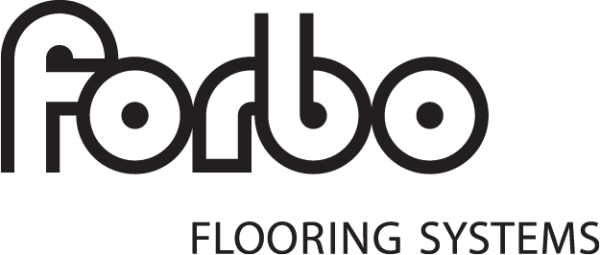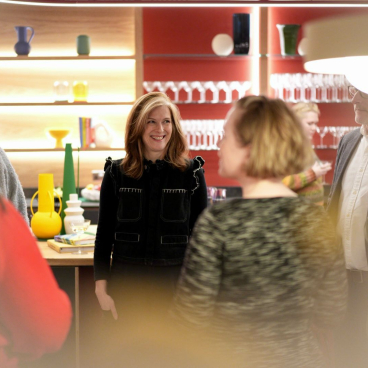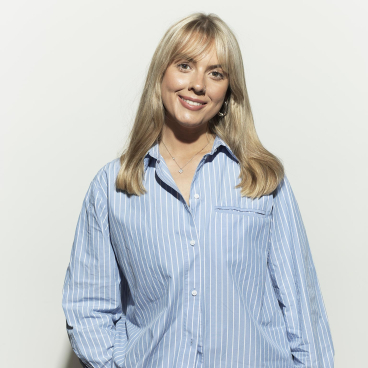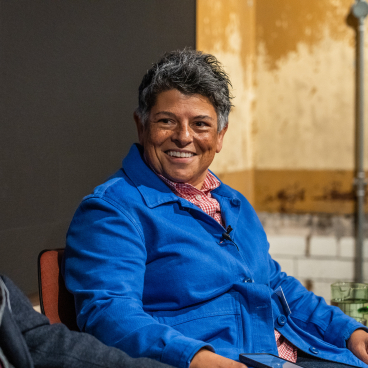What is workplace?
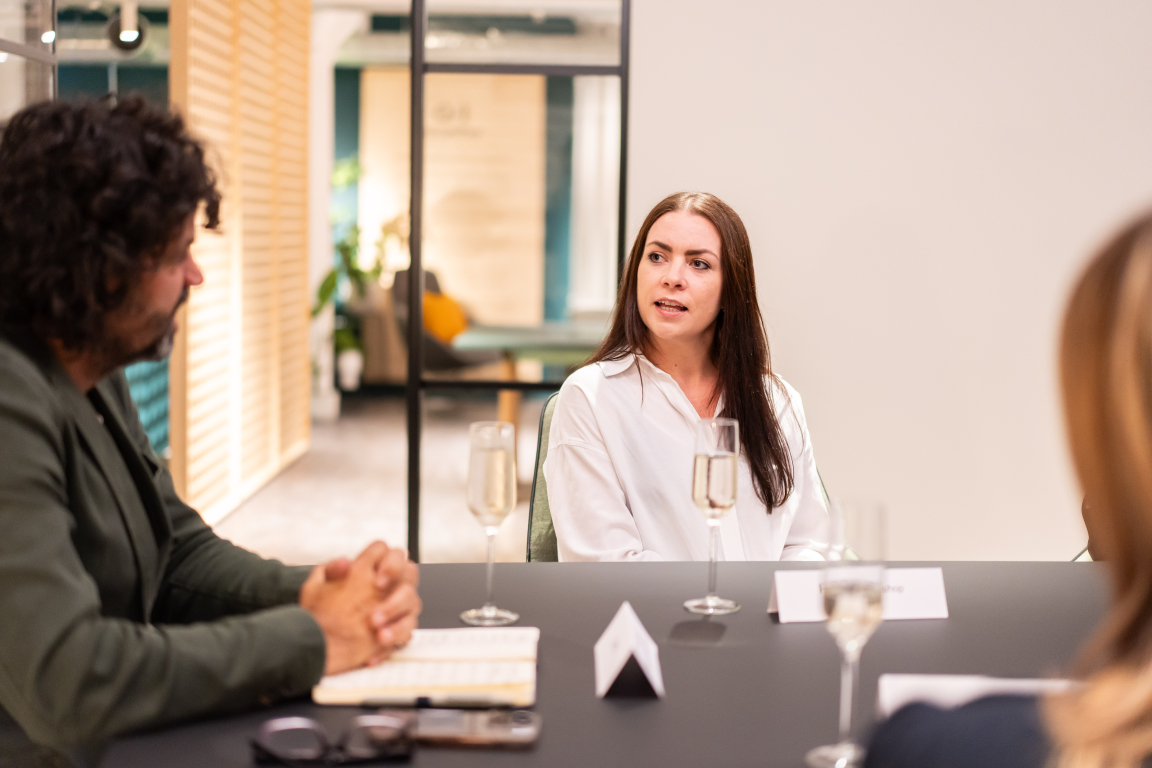
Now that work has become largely untethered, does workplace have the same relevance that it once did? Put beautifully by Clare Bacchus, global lead workplace, Barclays, during our recent seminar, isn't our best work done when in the "right place, at the right time"?
Putting the much-deliberated subject back under the spotlight, a dedicated roundtable at our Manchester Studio, led by Material Source director, David Smalley, brought together a group of expertly placed guests to discuss the definition of workplace in more detail.
From the notion of designing for all through to the importance of change management, and a call to discount occupancy rates in favour of output, a breadth of themes central to the future of workplace debate were analysed, and in some cases, debunked, in just an hour's time. Read on for a new take on how the future of our working environments could - and arguably should - play out.
Our guests
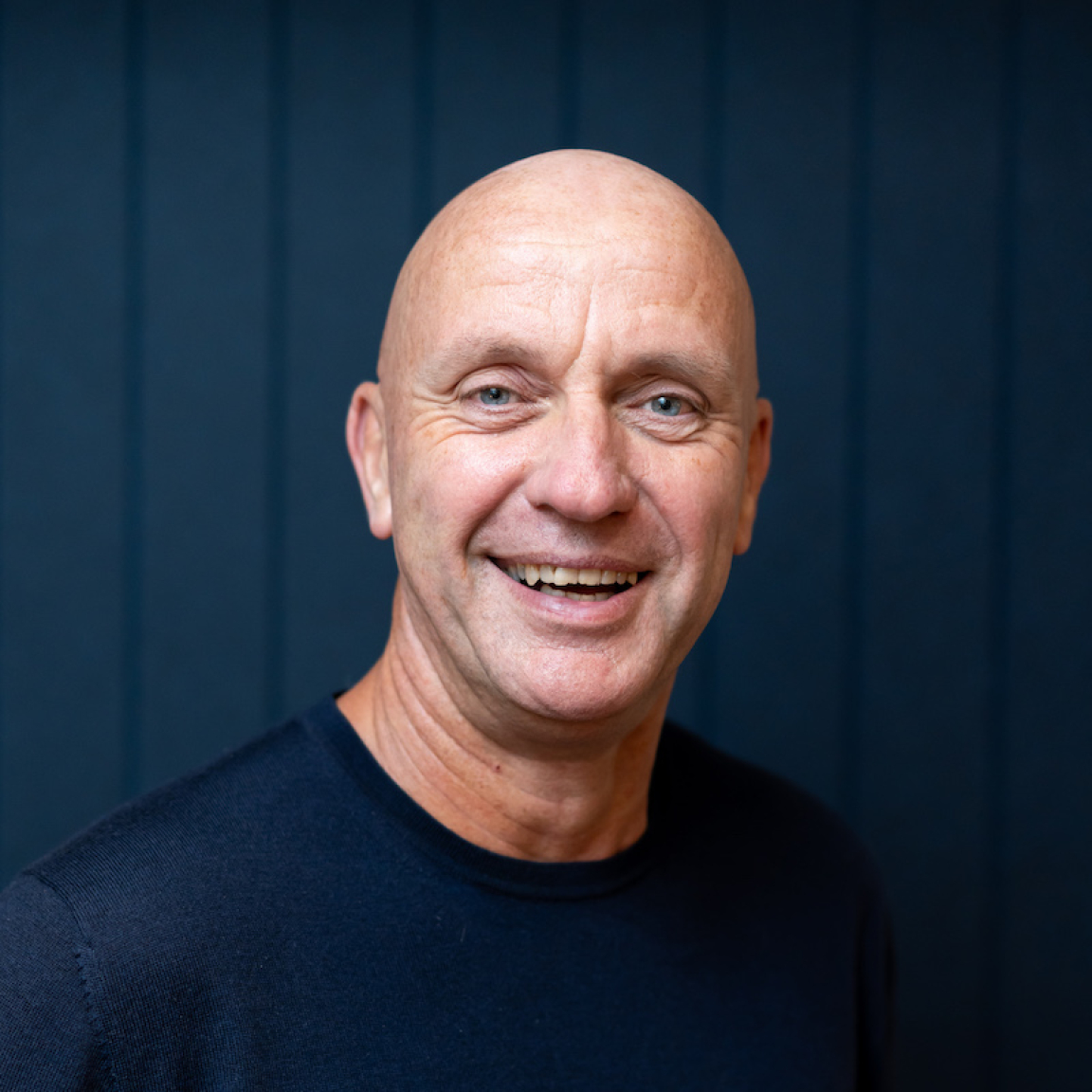
Nick Atkin, CEO, Yorkshire Housing
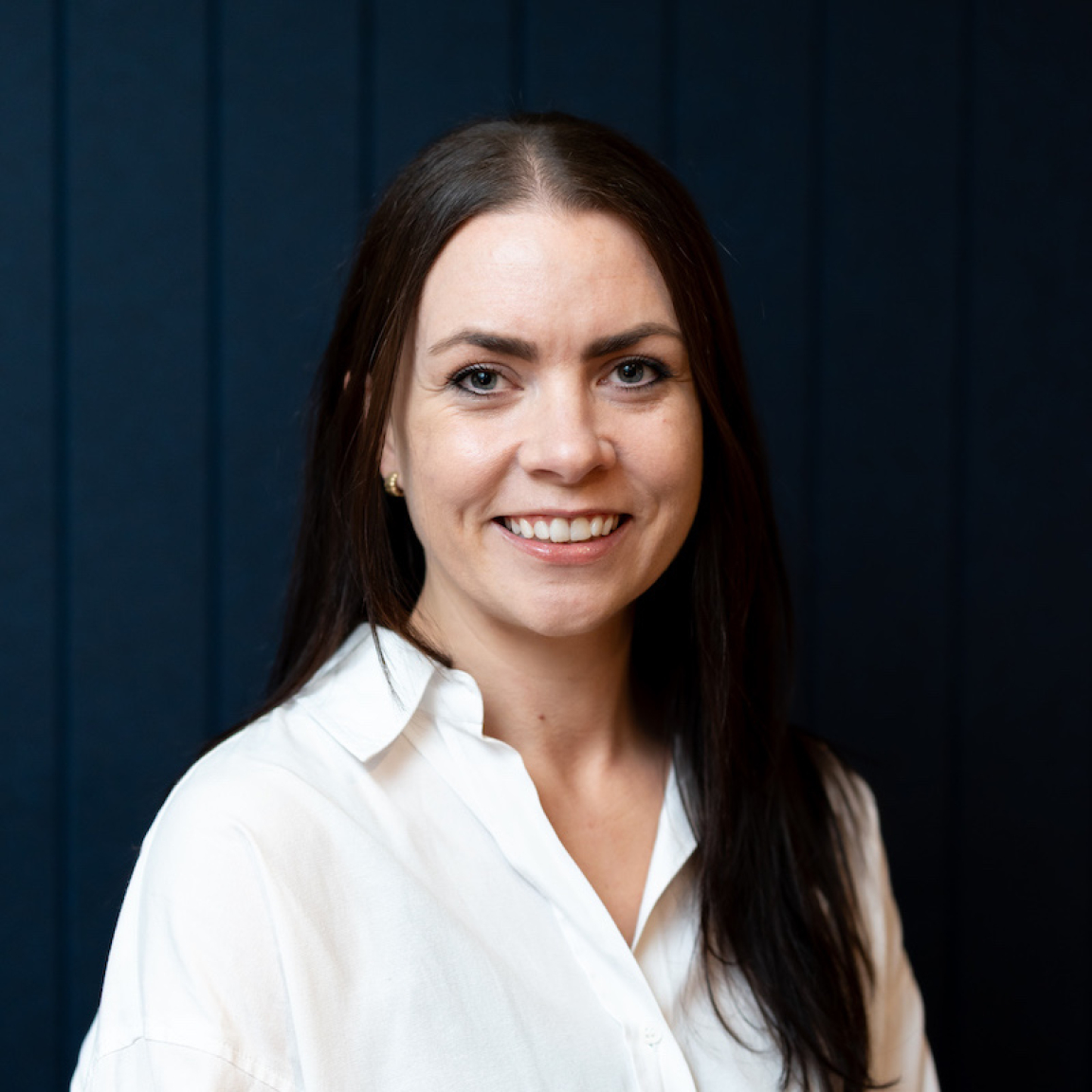
Rachel Bishop, associate, BDP
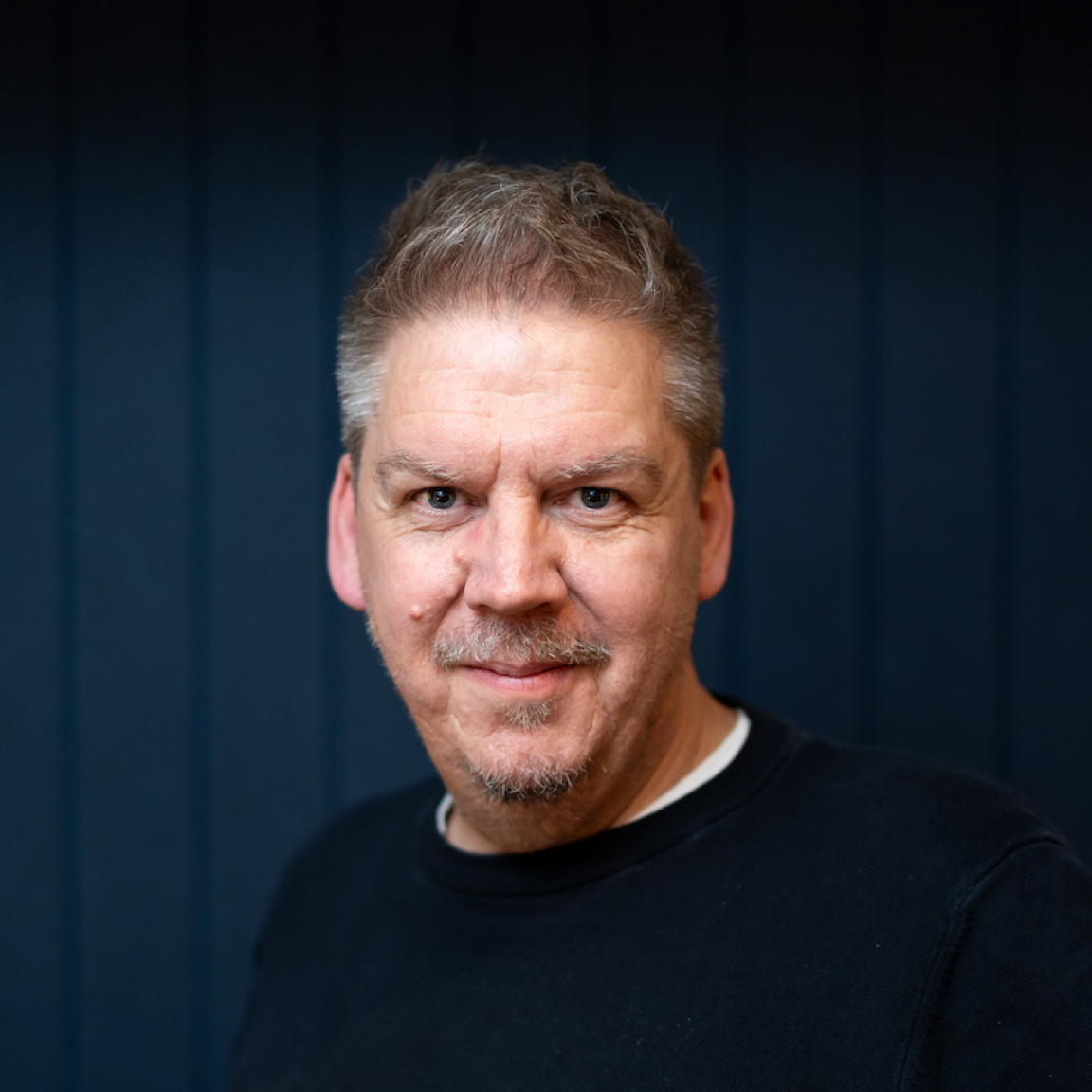
Gavin King, director, Chapman Taylor
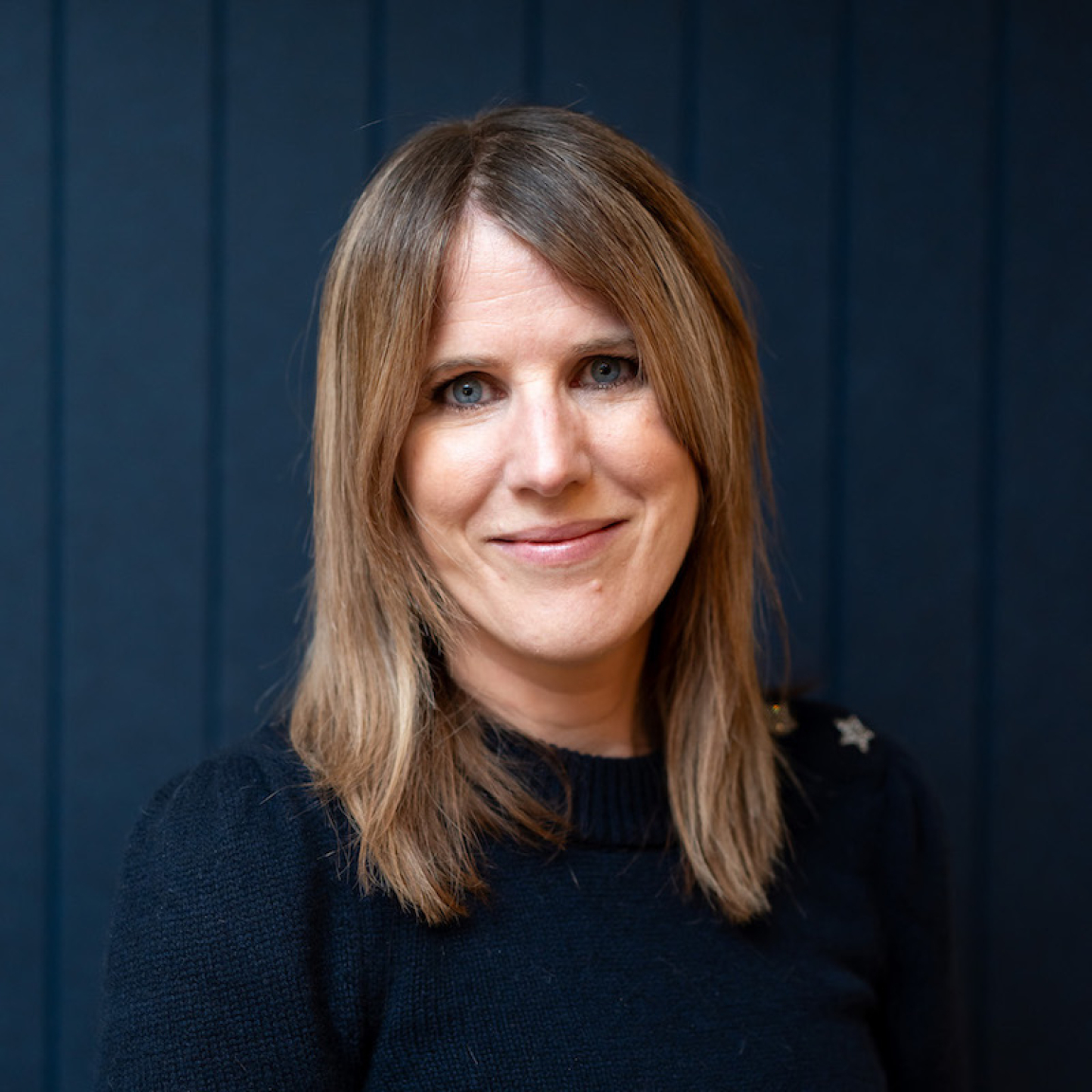
Kathryn Mitchell, founder, intrinsic
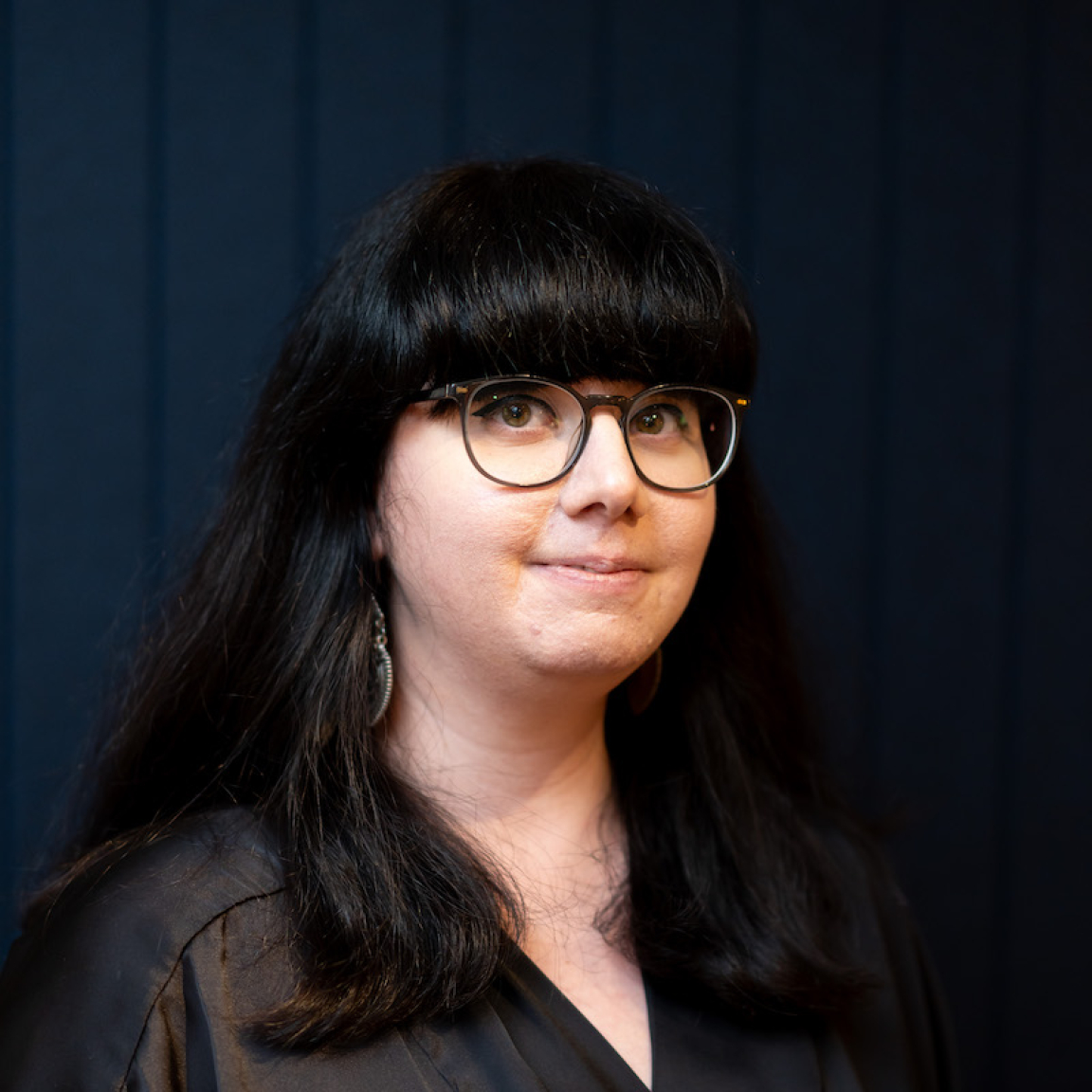
Archontia Manolakelli, architect & design researcher, AtkinsRéalis
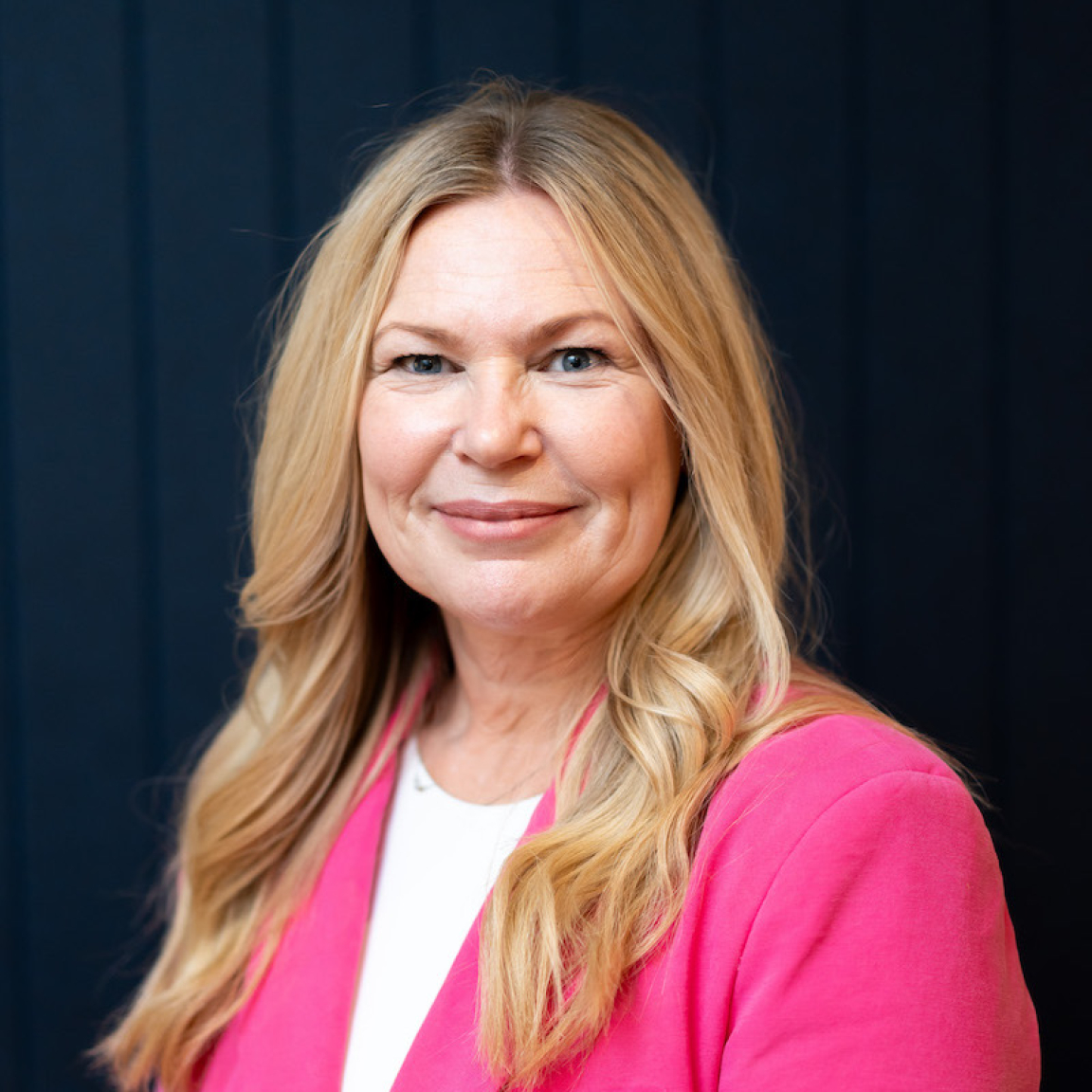
Janet Fearnhead, account manager, Forbo
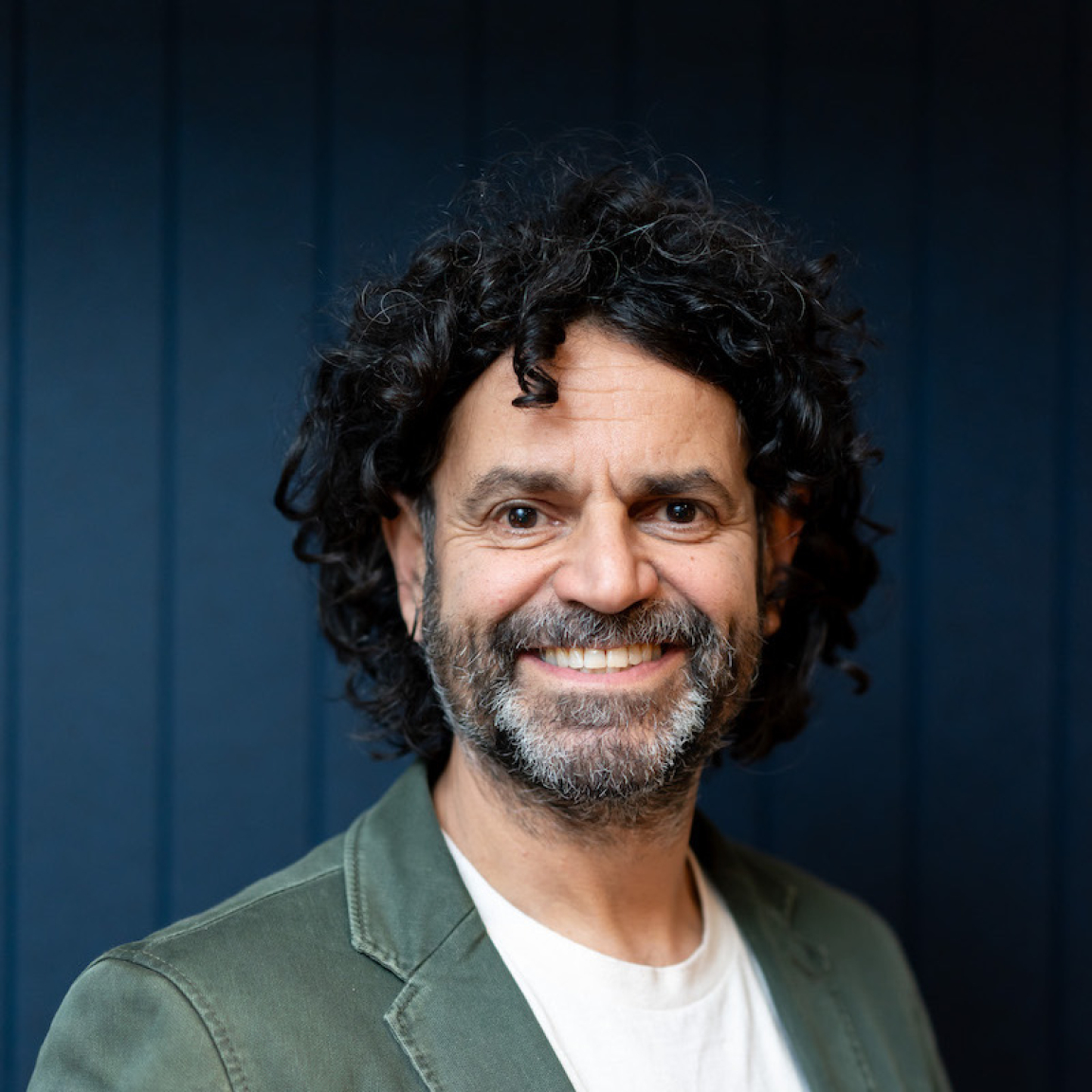
David Smalley, director, Material Source
Putting everyone first
Amongst the stronger sentiments regarding future of workplace is designing for all end user needs. Customisation is now considered king. But a greater understanding around neurodiversity has highlighted that every person within an organisation requires a unique set-up for productivity. So how are designers responding to this seemingly impossible task?
Self-confessed introvert, Archontia Manolakelli, architect & design researcher at AtkinsRéalis, said that from an employee perspective, her organisation has flexed to allow her to work in a way that's best for her - with a 2/3 day home/office split.
As an employer, Nick Atkin, CEO of Yorkshire Housing, began to question the concept of presenteeism prior to the pandemic, believing employees should be able to choose their own surroundings. “Around 2016, my thinking as to ‘why are we telling people when they need to be in?’ was crystalised. Instead, it became about saying to people they could come in whenever they needed to - to use the space to collaborate. It’s interesting the response when you tell people we’ve got 10,000 sqft for 800 people – we don’t need any more space than that. All our colleagues are on home-based contracts, they know what their objectives are, and as long as they deliver them, who cares where they work? I think there’s a pre-pandemic presenteeism mindset, which has come back again.
If you ask recruiters, they say that flexibility is as important to people now as money is - Nick
If you look at the data, this certainly seems to ring true. In a recent report by McKinsey on Women in the Workplace, in partnership with LeanIn.Org, which surveyed 27,000 employees and 270 senior HR leaders, greater flexibility - post-pandemic - was found to not only be appeasing the workforce, but “fuelling ambition”.
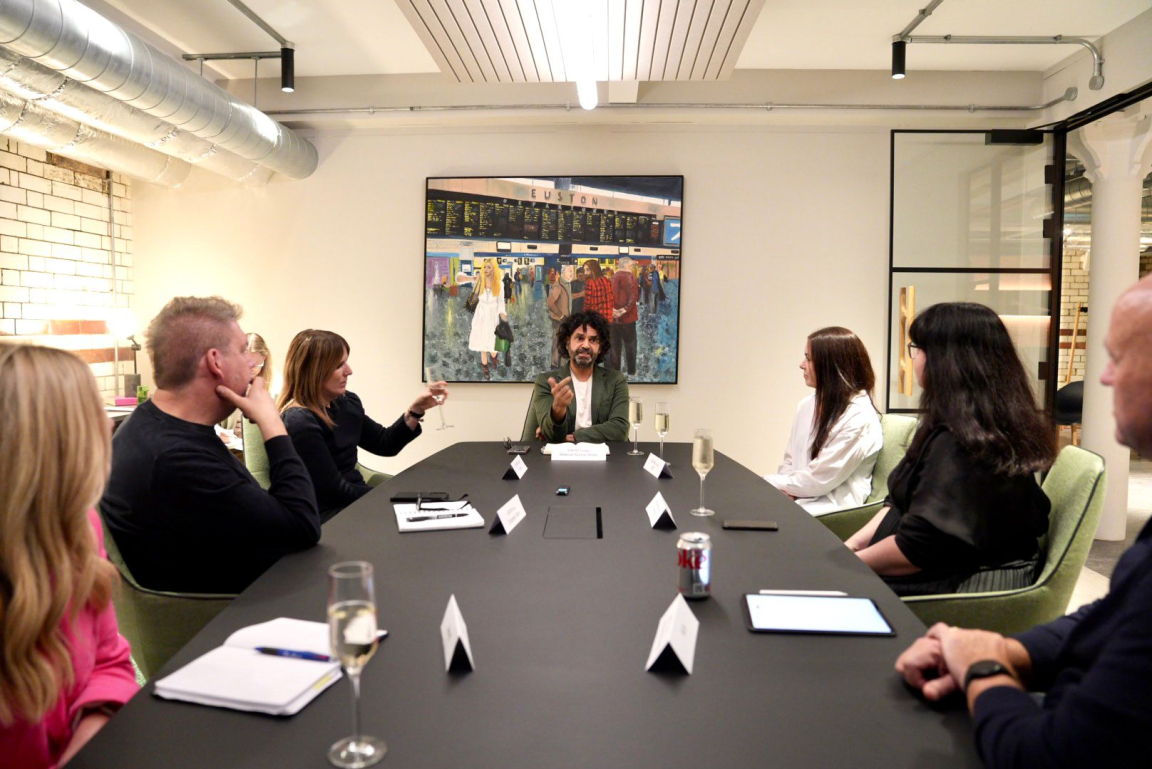
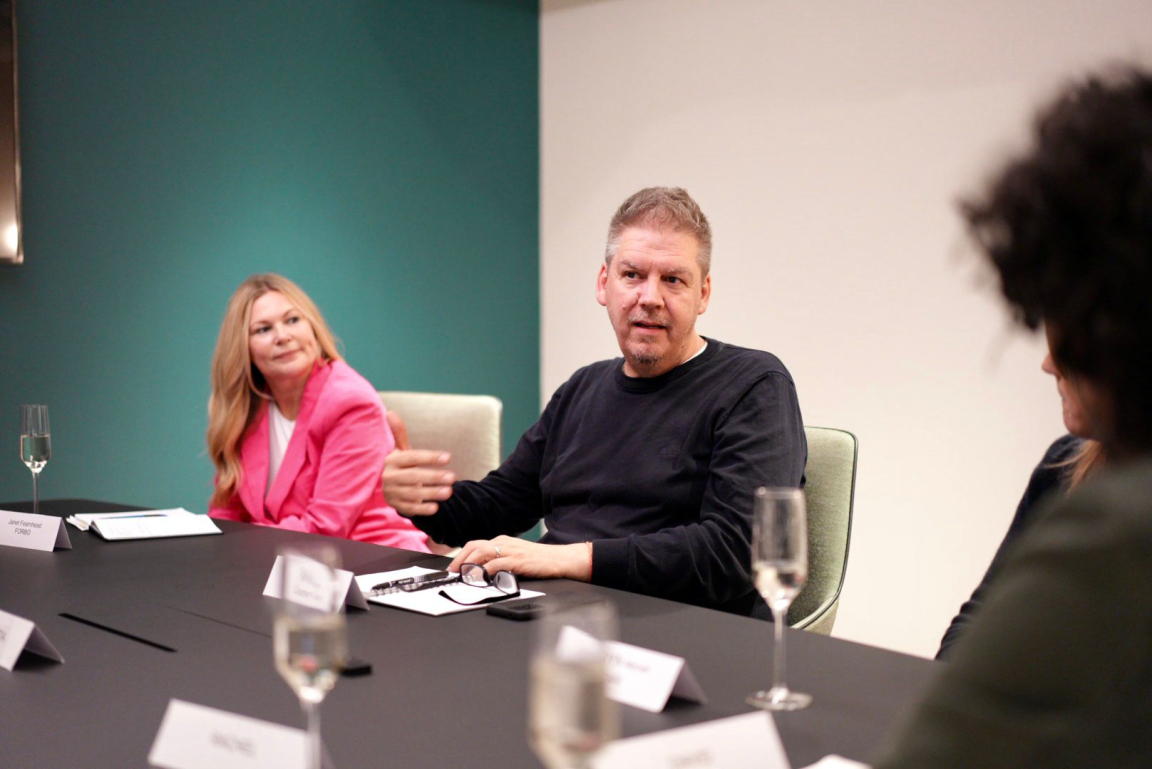
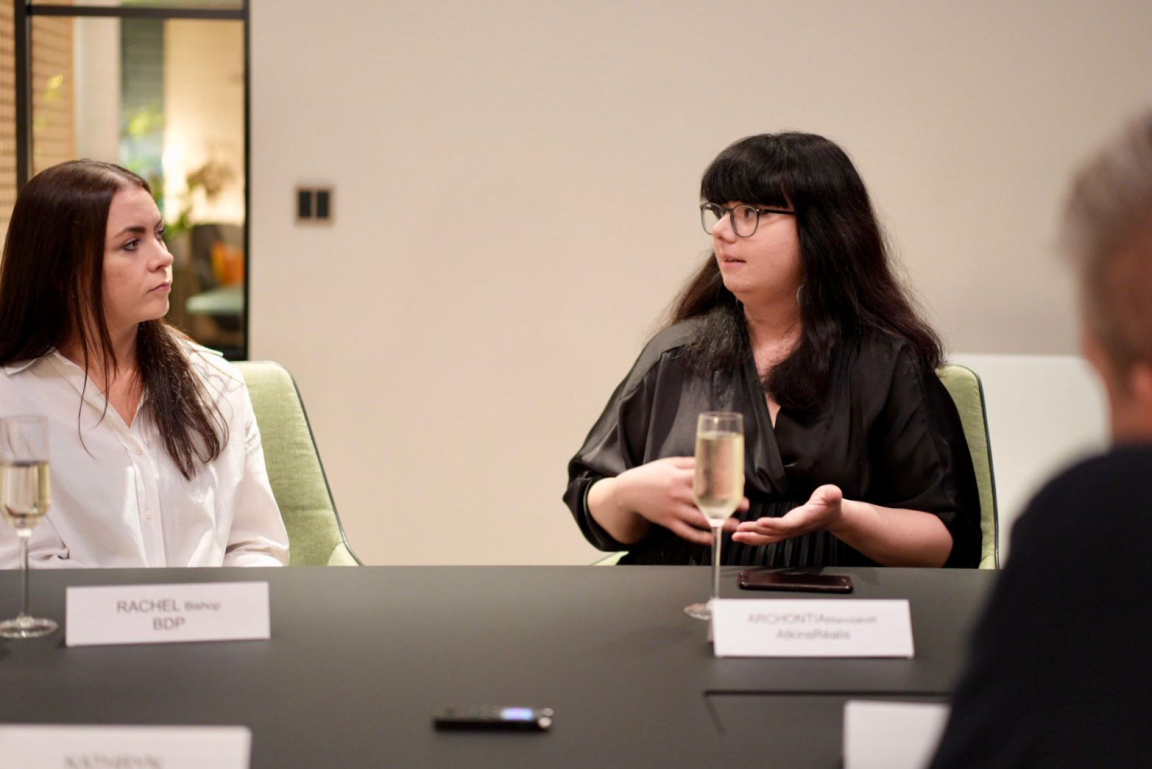
Thinking outside the box – literally
Those who read our feature on the Yorkshire Housing Hub will be familiar with the innovative, net zero carbon workspace project led by Nick Atkin for his team in Leeds. Within just 15-months of opening, the building suffered a devastating fire, which has led to the next chapter of its redesign. With this in mind, David asked Nick what he’s learnt, and will change, in this next iteration.
“Not to compromise”, responded Nick. “There are spaces that I never used – semi-traditional glass boxes, as I call them. 95% of meetings don’t need to be held in a meeting room, so why do we have so many?”
For Yorkshire Housing, the central workspace plays a key role in engaging and inspiring its colleagues. “In the housing sector, we have to give people the wow factor when they walk in – this is not grey cabinets and spider plants."
This idea of offering more inspirational spaces was echoed by Archontia – who also called for thinking outside of the glass box. “It’s about the idea of activity-based working – understanding the type of tasks you’re doing and designing spaces aligned to those. And, also, incorporating green spaces and outdoor amenities to allow for different kinds of thinking.”
“So, if everybody is different”, quizzed David, “then how can you create spaces that help everyone – all different types of people - to come up with ideas?”
Rachel Bishop, associate at BDP, believes it has to be backed up by data, “I think a lot of companies think they just need flexibility, but they never have anything that’s purposeful because it’s flexible for everything, but not fit for anything. User engagement is really key as to find out exactly what they need.
As designers, we listen – we don’t just use what worked well on the last project - Rachel
"For example, no or less desks, isn’t necessarily right for every business. There are so many throwaway terms – the death of the desk, the death of the office – but it’s more about creating a community that people want to work for, so they want to come in, and they want to collaborate, and they feel they belong, and, importantly, they feel comfortable."
“Even companies in the same sector can have very different approaches, so it’s tailoring the design to what they want to convey, and the talent they want to attract and keep. Because if we repeated what we did for one client, for another, it wouldn’t work. It needs to be evidence-based, and we must test and react accordingly.”
“Why do companies in the same sector create very different spaces?” David asked.
According to Kathryn Mitchell, founder of intrinsic, it’s “around purpose and vision – what they stand for as a company. And their culture.”
"It shows how slow the top management can change - you can’t change traditional organisations into vibrant ones overnight", added Gavin.
“Even different areas within the same company can vary – what works in Belfast might not work in Birmingham”, continued Rachel. “That’s where you’ve got to really listen.”
Listening to end user sentiment has very much been highlighted as a key driver in shaping the design of the workplaces of the future. But a caveat was offered by Nick. “Can I add some caution to that – if you listen to the people currently in the space then they might want what they’ve always had without the vision. That’s where I think designers need to come in. In my experience, not all designers have understood the organisation that we want to be.”
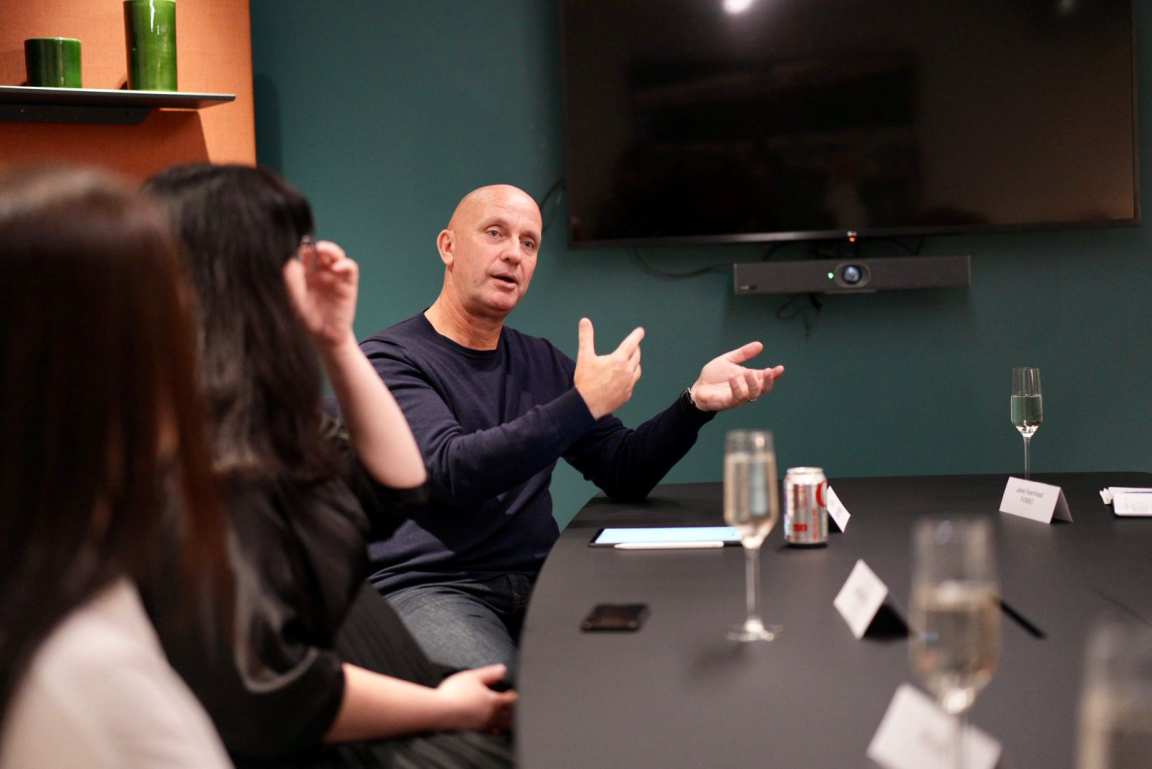
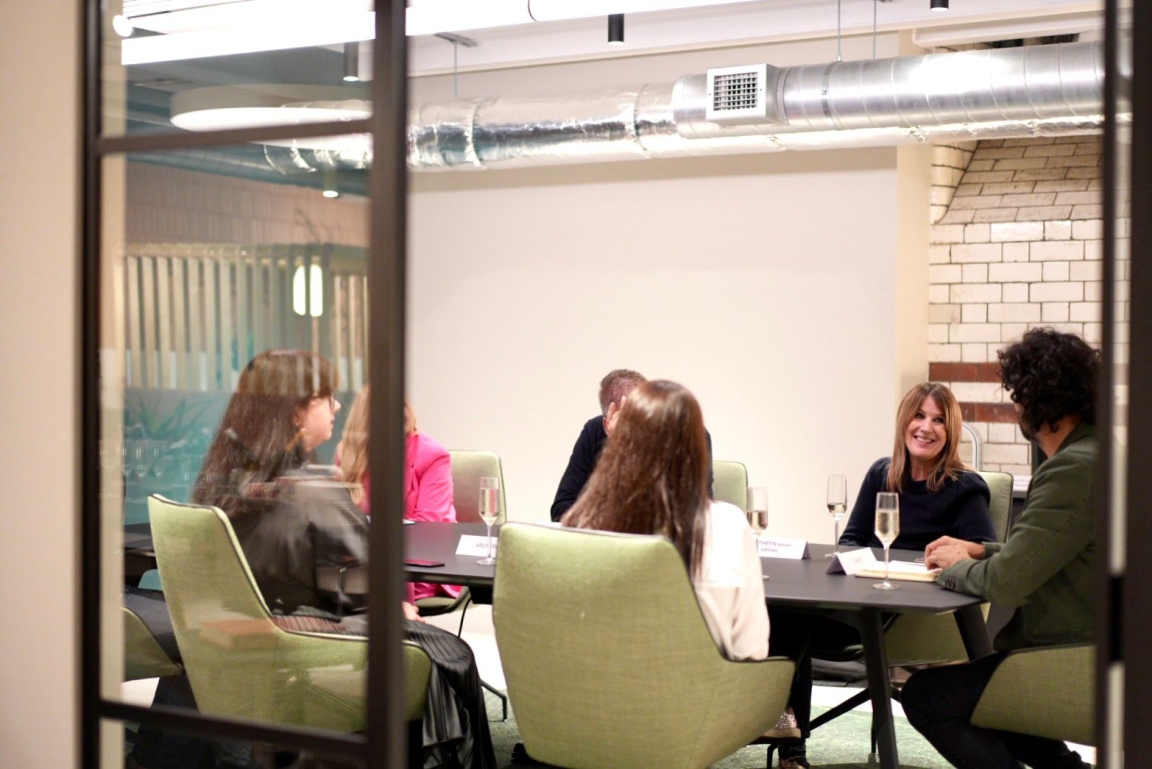
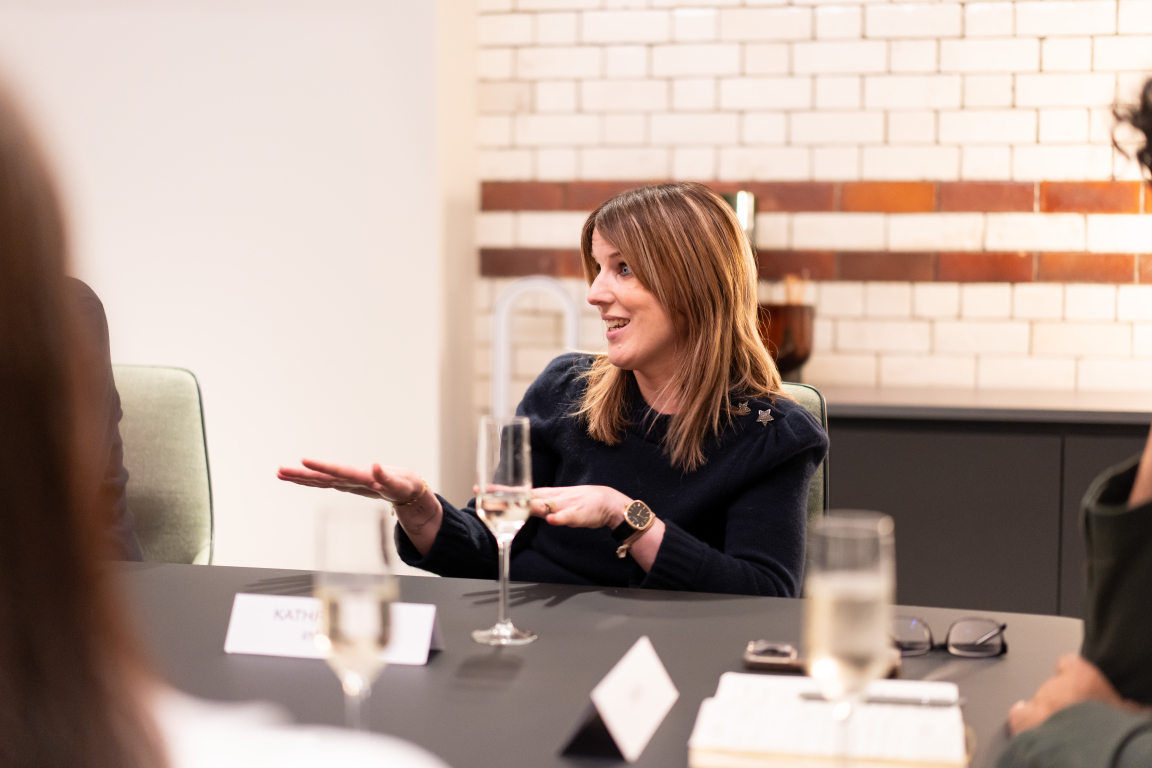
Leading aspirational culture change
Archontia references the Future of Workplace project undertaken by the University of Leeds Business School, with AtkinsRealis as a partner. Looking at Future Workplace from a sociotechnical systems perspective, she agrees that the pandemic was the catalyst for looking at workplace from the perspective of wellbeing and inclusion, and at people more holistically as people within the context of their wider life activities rather than solely FTEs and statistics.
There’s a lot to be said for listening to people but not doing everything that they say - Archontia
“Sometimes we know there is something that will work better or that we can aspire to, but we also need to respect where they are and where they want to go – that’s the change management aspect.”
"It’s taking people on that journey, listening to them and then sifting through what they say so they feel part of the decisions", considered Rachel.
On the topic of aspiration, Gavin King, director at Chapman Taylor said, “Yes, that’s where change management comes in. You need to identify where you’re going, and then sell that to people. There are some people that will need their hand holding during that design, and that layers on top of the RIBA work stages. Some people might start off unsure but then think it’s fantastic. And some might never get there.”
“Aren’t there two groups of people – those in charge, and middle managers? And is this causing problems?” asked David.
Gavin replied, “We’re coming across fewer of the old guard, and that’s been the case over the past 15 years. In the past 5 years, environmental considerations have gone from being barely considered to being one of the most important. Staff wellbeing has also come to the fore."
Both sustainability and employee wellness are considerations for Nick, who shared that at Yorkshire Housing, they totted up the total cost of the whole space and worked out how much was being spent on each desk area. They could then put the case to their staff to reduce the volume of desks and instead cover the cost of them meeting in different places instead – closer to where they live, for example, to reduce carbon footprint. This also led to a reduction in space - from 40,000 sqft to 10,000 sqft - and the drive to create somewhere that colleagues enjoyed coming into.
"When people come into the office, it gives them energy, and it ensures retention. Many organisations focus on recruitment, and for every role you have to recruit, you’ve lost 12-months productivity. So my thoughts are on how I stop people walking out the door.”
If you design well, the money follows - Gavin
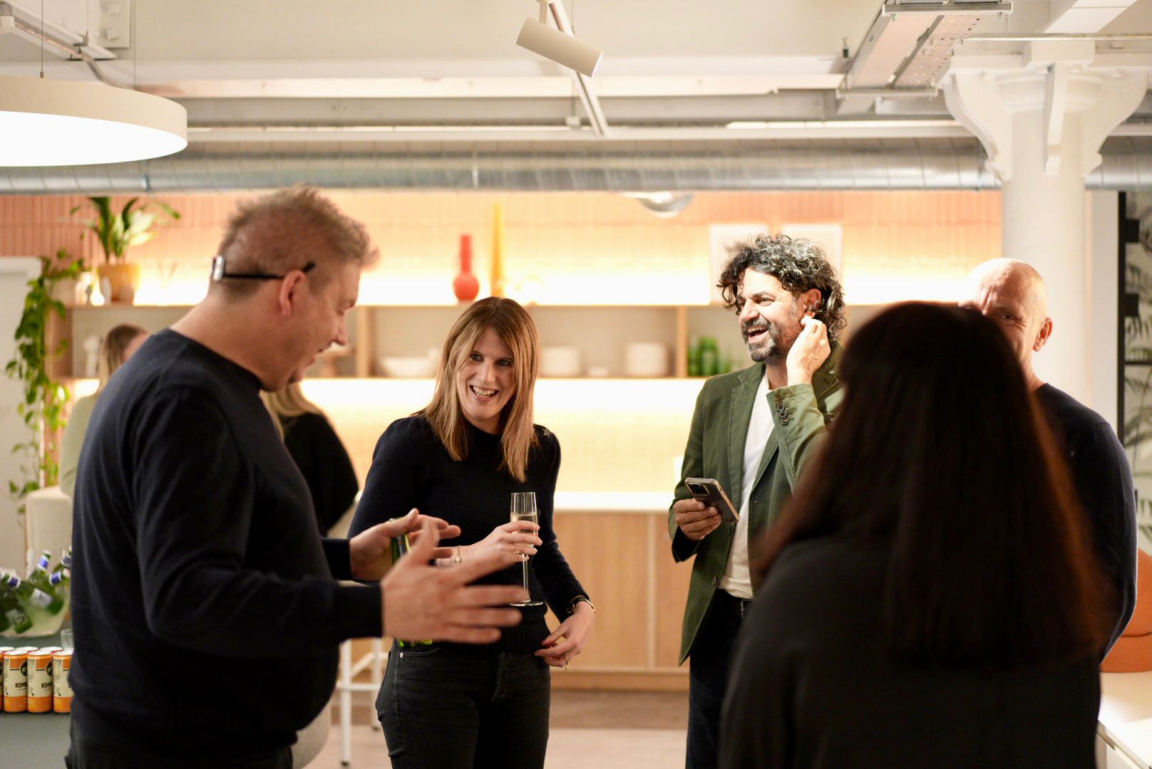
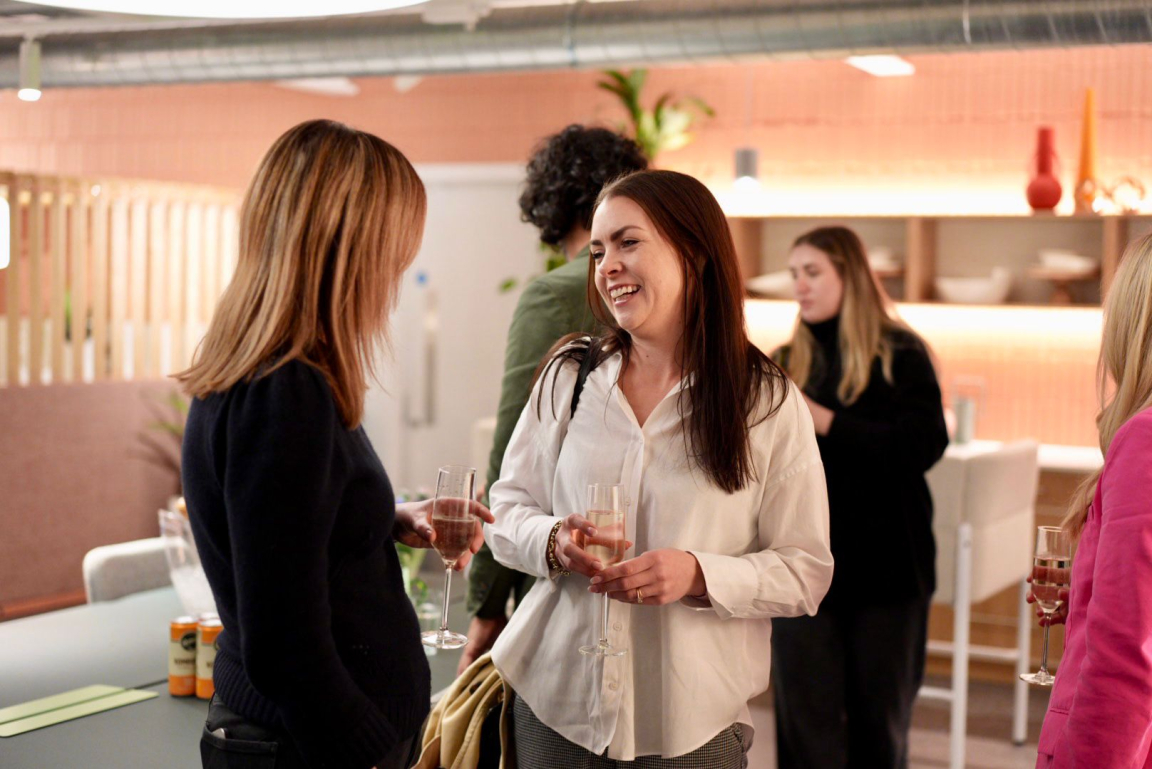
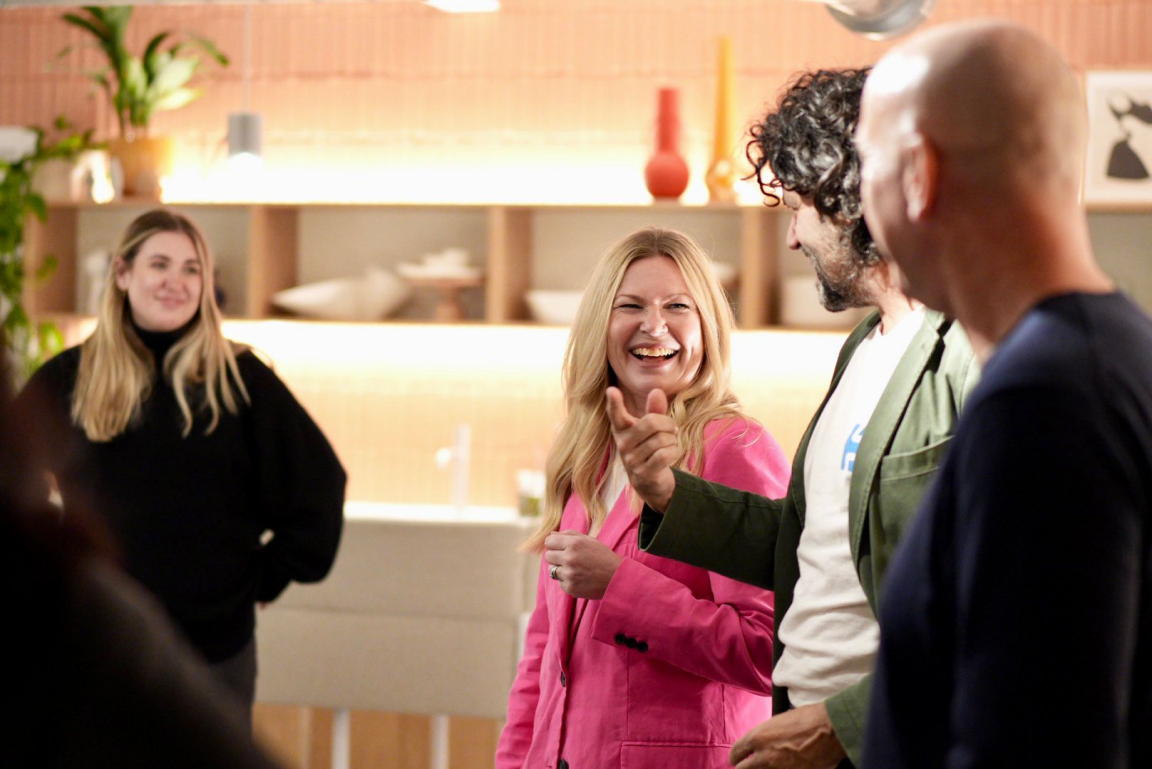
Favouring output over occupancy
The AWA Hybrid Working Index reported in their findings that average office attendance is 35%, with peak attendance reaching only 42%. David asked, “Do you need people in the office? And what impacts the number of days you’re going to get people in the office?”
“Does it matter?”, replied Nick, “They can collaborate from anywhere, can’t they?”
Gavin added, “We’re dealing with human beings, and each human being is different. If you’ve got a building that’s occupied 35% of the time, the building’s too big for you. 100% would be unachievable, but 70-80% should be what we’re aiming for.”
“For occupancy rates of 30% we’d be saying your building is too big”, said Kathryn, “And while occupancy is one thing, activity is something else. What are people doing within that space?”
Drawing on his experience as a contemporary CEO, of Yorkshire Housing, Nick, commented, “I’m looking at whether the space delivers the outcomes we want to achieve as a business. The 9-5 was invented by Henry Ford, and none of us are producing Model Ts, so why are we still working 35-hours a week flat? There are bigger workplace issues than occupancy rates.
“When I look at Yorkshire Housing, do I think the money we spent on our workspace equals the value we’ve had from it? Yes. Has our office given us the highest engagement metrics we’ve ever had from colleagues? Yes. The last two years have been off the scale, so much so, that when I took the last set of results to our board, I said I didn’t believe there was anything else we could do, and the scores could only go down from here.”
“So are engagement scores what we should be focusing on rather than occupancy rates?” asked David.
Gavin thinks so: “Engagement scores are one of the key factors in understanding how well workplace is responding to the needs of your teams. But the question is, if you grew by 20%, would you need 20% more space? That’s where this idea of flexibility comes in, but the point where it’s decided you’ve reached the capacity of the building is a tricky one.”
Rachel highlighted the post-pandemic issue of peaks and troughs, “Where companies are having issues it’s in dealing with the peaks. So perhaps it’s a case of mandating so you’re not heating and cooling a building that’s half empty. But not everyone will want to come in on the same day.”
Offering genuine experience
The ‘experiential workplace’ is a term that’s been circulating in the post-Covid working landscape, but what does it actually mean? And how is it crafted, and maintained?
Kathryn thinks a new role has been created that’s dedicated to workplace experience – “who thinks around events and the types of things that bring people in. Like what Material Source Studio does.
You can’t expect the workplace to just perform. It requires checking in and the dials to be adapted - Kathryn
“We have a team of three where that’s their job”, said Nick. “They watch and understand how the space is being used and work out how to build on what’s working well, while addressing the gaps.”
Rachel compared the workplace sector to retail, “If you think about retail – the ‘death of the high street’ – businesses are bringing in experience. And that’s what we need to do in the office. Because everyone has a desk and a laptop at home, everyone can sit on a Teams call, but not everyone has those events or collaboration opportunities.”
“The office as a destination”, said Gavin. “It’s about getting an injection of the culture, the ethos, the core values of the organisation, so if you are looking for more, you can come in and feel part of something rather than feeling like you don’t belong.”
“As an introvert I have some objection to that”, responded Archontia, bringing up an important point around disparity of home amenities between employees. “I don’t think everyone has a home office – somewhere to focus – and when I go into the office, I have my headphones in the whole time because I find the noise difficult to deal with and if I’m reading papers for research I need to concentrate. I think fundamentally this is something we forget about.”
“It’s acoustics, it’s lighting, it’s user control, it’s spaces that can be tailored” – added Rachel.
“If we provide the model, then empower people with the technology and the culture to choose, that should go for quiet and social spaces”, said Gavin.

Looking ahead
To bring the discussion to a close, for now, David asked, “What will workplace look like in 10 years’ time?”
“Autonomy, choice, power – but it’s going to be about people, and it should be.” – responded Kathryn.
“Technology – you can’t avoid it and if you do, you’ll be left behind.” – added Rachel.
“Work not being a 5-day a week concept. The trajectory is there for a 4-day week. But if we’re working less, we’ll need less space.” – commented Gavin.
“We’re understanding how everything is connected, with AI, we’re seeing much more interconnectivity. In offices, but also as a wider system.” – said Archontia.
“Culture will have shifted from dicta to choice, and that will only happen because over the next 10 years, the existing band of presenteeism-mindset managers will be out of the workforce.” – concluded Nick.
Keep an eye out for more discussion around the future of workplace - we've only scratched the surface.
Our thanks goes out to all our roundtable guests, and our partners and supporters for the evening, Forbo.
All image credits: Victoria Middleton


